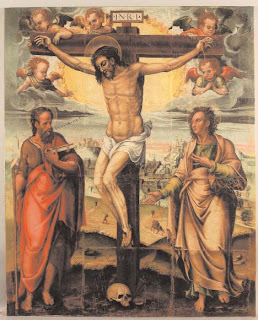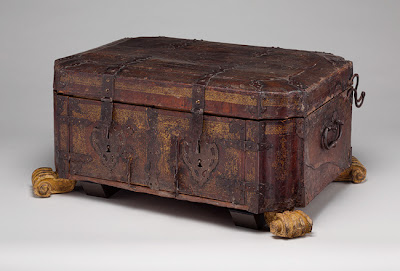http://www.opera-parchment.it/
Coordinator: Department of Chemistry IFM, University of Turin, Italy
Co-coordinator: School of Conservation, Royal Danish Academy of Fine Arts, Copenhagen, Denmark
OPERA Project has four institutional partners, four institutional collaborators and ten end-users (archives and museums) from Italy, Denmark, United Kingdom and Romania.
OPERA is using IDAP damage assessment techniques to classify the states of preservation of some collections of historical parchments of various origins. Damage assessment and diagnosis, monitoring and modelling of the environmental impact on parchment demand a detailed knowledge of the mechanisms and paths of deterioration at all levels of its structure. Therefore, deeper characterisation of damage are being achieved by techniques targeting the properties of collagen within parchments at molecular (UV-Vis, FTIR, NIR, GC, HPLC, MS), nanoscopic (AFM, NMR, XRD) and mesoscopic (TA/DTA, TG/DTG, DSC, DMTA, SEM) levels.











